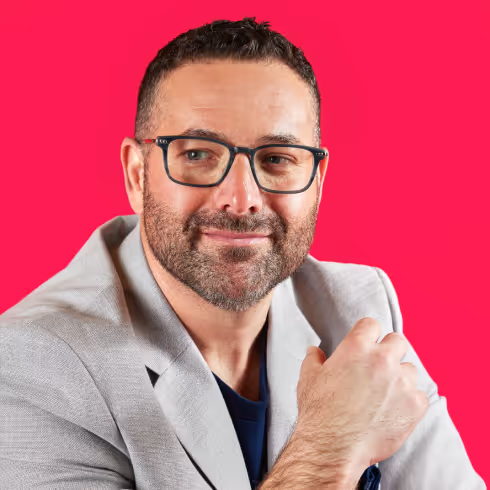Cloud breakthrough with NTT DATA’s Charlie Li


We’ve all heard the adage that life is about the journey and not the destination. So then why do we so frequently treat the cloud as a destination to be reached rather than something that we build the journey upon? Too often, enterprises rush to the cloud without a clear vision, mistaking the migration itself for success. Yet, the true power of the cloud lies in how it's harnessed to drive agility and deliver business value.
On this episode of Catalyst, Clinton chats with Charlie Li, NTT DATA’s Senior Executive Vice President and Global Head of Cloud and Security Services, about how cloud can be leveraged to improve the end user experiences. Check out the highlights below, then dive into the full episode to learn more.
The cardinal sin of Cloud
Over the last 15 years or so, enterprises have been so focused on lifting and shifting to race to the cloud that they don’t give much thought to what to do once they get there. Some even wrongly assume that the cloud is the cure-all solution to their problems. Moving to the cloud won’t transform anyone into an agile, fast, digital native inherently. It's what you do with it afterwards that makes all the difference.
Balance IT value with business value
It’s far too easy to get wrapped up in the technical aspects of cloud and overlook the actual business outcomes and user experiences that using cloud affords. At the end of the day, users will always care more about the experience you provide than about what’s happening on the back end. They simply want things to work without lags, downtime, or hassle.
For some good examples of what this is like when done successfully, look no further than consumer technology companies and certain fast food chains. Companies like Apple are able to offer their users great experiences backed up by tech that works as it should, and a seamless ecosystem that travels with them across locations and devices thanks to the cloud. Meanwhile, fast food chains like Chick-fil-a and Starbucks use cloud and other technologies to provide more intelligent and enjoyable mobile ordering experiences and loyalty programs. Having the right tech behind the scenes matters, but what matters more is the business outcomes that tech enables.
Looking ahead
In the next three to five years, expect two major trends to prevail in cloud experiences. Naturally, the first will be driven by AI. This technology is going to dominate our lives and force us to become more creative and innovative with the experiences we create. Alongside this, expect to see enterprise technology that is hyper specific to customers’ needs supported by a cloud infrastructure capable of handling these new solutions and personalization at scale. The next era of cloud experiences will keep humans at the focus throughout and include a greater focus on understanding who you're serving through technology, not the other way around.
As always, don’t forget to subscribe to Catalyst wherever you get your podcasts. We release a new episode every Tuesday, jam-packed with expert advice and actionable insights for creating digital experiences that move millions.





